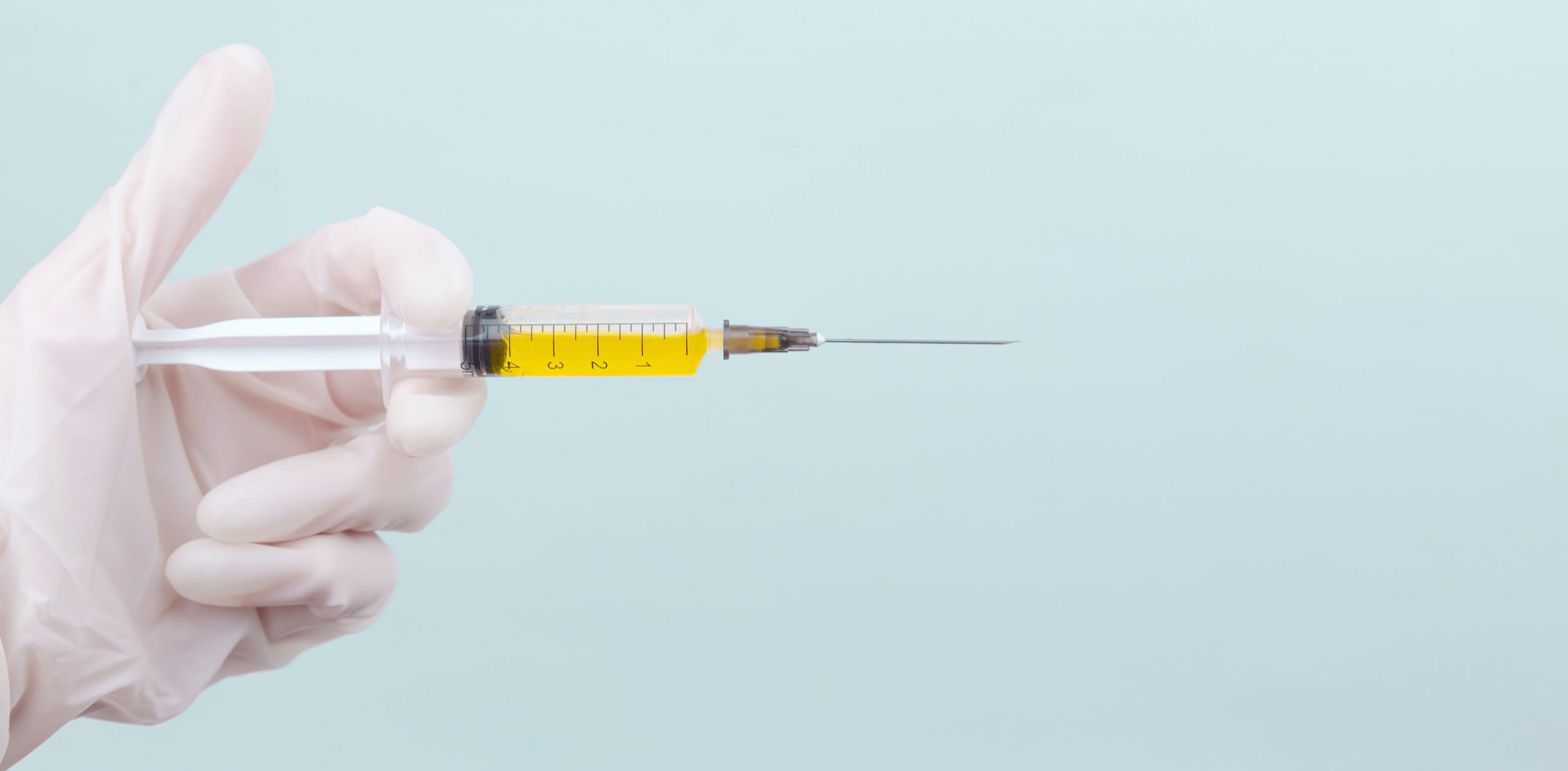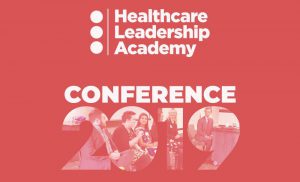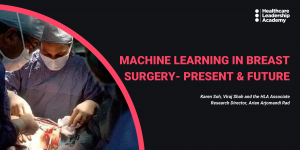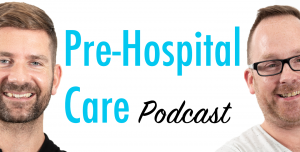As we are no longer familiar with the diseases that we have vaccines for, the side effect profiles become more important than the diseases themselves. This leads to some individuals, especially parents, deciding that vaccines are no longer necessary, resulting in societal vaccine hesitancy.
What is vaccine hesitancy?
Vaccine hesitancy is defined by the SAGE working group as “a delay in acceptance or refusal of vaccines despite availability of services”. Vaccine hesitancy is a spectrum, think of it as being unsure, tentative or ‘on the fence’. It differs from the ‘anti-vax’ population who do not believe in vaccines whatsoever. Hesitancy could be overcome with effective communication, and targeting these hesitant groups is key to increasing uptake.
Why is it a problem?
Vaccines have helped protect millions of people against diseases such as Polio and Hepatitis. New vaccines are constantly being developed, with the most recent example being against the deadly Coronavirus pandemic.
While vaccines have become increasingly more available, not everyone wants them and this hesitancy could lead to a resurgence in deadly diseases once thought almost eradicated.
So, what’s going on?
When objections to vaccines are mentioned most of us think back to the Autism and MMR scandal in 1998, however vaccine hesitancy has been around since the first vaccine was produced against Smallpox. Even in the 1700s when Smallpox was taking the lives of 1 in 3 people, members of society still felt that their chances of survival were better if they chose not to vaccinate themselves or their children, despite evidence on the contrary. This was interestingly encapsulated in the autobiography of Benjamin Franklin, written in the 1700s.
This resistance to vaccines still exists today, and is exacerbated by ingrained mistrust of authority.
This Australian anti-vaccination group’s post on Facebook goes as far as comparing vaccination to rape. This truly represents the repulsive power of social media to allow the congregation of these individuals to spread misinformation to an extreme level.
Given how far we have come in terms of medical advancement since the 1700s (antibiotics, anaesthesia, antiviral drugs, stem cell therapy – you name it!), it seems strange to think that our attitudes may not have advanced at the same rate.
The risk of resurgence of deadly diseases such as Polio that we have been fortunate enough to avoid, is real, particularly with the prevalence of international travel (albeit suspended at present). Unvaccinated people may unknowingly re-introduce diseases to naive populations where vaccines simply aren’t available or are too expensive to distribute, resulting in outbreaks.
How can we explain it?
The three C’s model is a complex interplay between deeming the vaccine as unnecessary due to perceived disease risk being low (complacency), lack of trust in the system and policy makers (confidence), and accessibility of services, and access to information (convenience).
Complacency may be compounded by the under-appreciation of how valuable vaccines are, or a lack of understanding about how effective they are.
Convenience is the quality of the immunisation schedule, and the extent to which services are appealing, affordable and comfortable. The easier the vaccine is to access and deliver , the more likely it is that individuals will accept the vaccine, particularly if the perceived risk is low.
Through the surge of internet and social media use, lack of confidence appears to be one of the main drivers of vaccine hesitancy. More and more people are choosing to follow the advice of anonymous comments on the internet, rather than a doctor or an expert.
Undermining the confidence in vaccines has a huge impact. Measles was close to elimination in Europe, but people are now dying once again from the disease.
A vicious circle is created. The power of anti-vaccination messages and the speed at which these messages are disseminated is alarming.
COVID-19 accelerating the problem
So how does Covid fit into this?
Let’s start by addressing a couple of the doubts about COVID-19 Vaccines
- How have the vaccines been developed so fast? I thought they were meant to take 5-10 years?
The question should be why does it normally take 10 years? This pandemic has shown us the incredible reality of what science can do in such a short space of time when you have effective international collaboration. It’s easy to make a vaccine when there’s a global incentive pushing towards a single outcome!
- “There’s no data on long term side effects so I’m not keen on getting it just in case”
Most reactions to vaccines occur within days after getting the vaccine, and at most up to 4 weeks afterwards. We have safety data well beyond 1 month, and everyone who has received the vaccine will continue to be monitored for years to come.
For more FAQs on vaccine hesitancy, head to my instagram account @snippetsofmed for #Episode2 of the Vaccination Series
Vaccine rates between vaccinated and unvaccinated populations are measured by ‘efficacy’ and ‘effectiveness’. Vaccine efficacy is measured during scientific, controlled clinical trials, whereas effectiveness is only measured once the vaccine is licenced and being used in the general population. Both of these measures help explain the proportion of the vaccinated population who are likely to be protected from the disease.
No vaccine is 100% effective, and due to immunosuppressive conditions and medication, not everyone can be vaccinated. To circumvent this natural hurdle, herd immunity can maintain protection in the wider community but only IF high vaccine coverage is maintained.
Are the COVID-19 vaccines safe?
“So far, none of the vaccine trials have reported any serious safety concerns. Trials for the first two vaccines — from Pfizer and Moderna — have had fully independent safety monitoring boards, and safety data are continuously reviewed by the FDA and expert panels.” Oxford Vaccine Group
“A Vaccine will only get approved by the FDA if it’s proven to be safe and effective, and if the benefits outweigh the risks.” BMJ
Do COVID-19 vaccines work?
Here is a graph to show cases of COVID-19 following the first dose of Pfizer vaccine. As early as 12 days after the dose, the vaccine is shown to be over 50% effective. This article from the New England Journal of Medicine later goes on to explain how the vaccine boasts 95% efficacy just 7 days following the second dose.
So why are people still hesitant despite these top scientific journals displaying how safe and effective the vaccines are?
Are social media companies doing enough to stop the spread of misinformation?
Are the authorities taking public trust for granted and not doing enough to gain their trust?
Social media is one major source of mass misinformation, capitalising on concerns, resulting in false information spreading at an alarming rate. Anti-vaccination social media accounts have increased their following by 7.8 million since 2019 and there is a significant relationship between vaccine related social media posts and public doubts about vaccine safety.
I have some sympathy as I know how difficult it can be to find trustworthy, accurate information online. When someone who does not have a scientific background searches for information on vaccines, it is often social media which portrays it in the most user friendly format.
It is reassuring however, to see how instagram and other social media platforms such as YouTube are now directing users to reliable sources when searching for medical information.
This is a big step forward, but it doesn’t stop all the misleading posts and there is still work to be done.
Other drivers for vaccine hesitancy include:
- Conspiracy theories such as microchip insertion
- Mistrust in key institutions
- Individual anecdotal views
- Reactivity to events in the news
In simple terms, the overarching themes here are trust and communication. Factual and reliable information is vital to overcome the mistrust about vaccines, and ultimately to overcome the pandemic.
What can be done?
Going forward, it will become essential to develop reliable tools to measure vaccine hesitancy in order to understand the scale and scope of the problem, which ultimately could pose a huge threat to humanity if left to grow out of control. Countries should incorporate a plan into the vaccine schedule.
Based on the Systematic Review of Strategies to Address Vaccine Hesitancy, Interventions which have had the largest impact on increasing vaccine uptake are multi-dimensional. They include:
- Directly targeting under-vaccinated populations, health-care workers and local communities
- Implementing incentives for vaccinations and sanction for non vaccinators
- Engaging religious leaders to promote vaccination
- Utilising reminder and follow up strategies
- Training for healthcare workers
Education and empowerment of healthcare workers is required to address the issues in parents and patients, as well as circulating education within curricula during their training.
So, in conclusion, let’s try and veer away from accepting vaccine hesitancy as the norm. We need greater trust in our policy makers, and in light of the Covid-19 vaccine breakthrough, the NHS and local communities should do more to provide an open dialogue of multisource information to help address misinformation around vaccine hesitancy.
Here are some final do’s and don’ts when confronted with vaccine hesitancy:
DO
- Try to convince people who are doubting vaccines, who are inquisitive and feel they need more information. People will trust you as a healthcare professional more than the government or the media.
- Reiterate the successes of vaccination.
- Explain the dangers of not vaccinating.
- Tell your own personal story of vaccinating yourself and your loved ones.
DO NOT
- Participate in biased media debates about vaccines
- Focus on persuading the hard core ingrained anti-vaccionists – this may be an impossible task
This blog forms the 3rd part of a series on vaccinations.
Register for Part 1 on 6th April 2021 at 7pm – Introduction to vaccines and burden of disease.
Part 2 – Head to @snippetsofmed on Instagram for flashcards on the vaccine schedule, FAQs, components of vaccines and route of delivery.
Register for Part 4 on 20th April 2021 at 7pm – live interview with Dr Andrew Freedman – Principal Investigator of the Janssen Phase 3 Trial in Wales
Part 5 – virtual escape room finale! Attend Part 4 for further details – don’t miss it!
References
- Polack, F., Thomas, S., Kitchin, N, 2020. Safety and Efficacy of the BNT162b2 mRNA Covid-19 Vaccine. New England Journal of Medicine, 383(27), pp.2603-2615.
- Freeman, D., Loe, B., Chadwick, A., Vaccari, C., Waite, F., Rosebrock, L., Lambe, S. (2020). COVID-19 vaccine hesitancy in the UK: The Oxford coronavirus explanations, attitudes and narratives survey (Oceans) II. Psychological medicine, 1-15.
- The British Medical Association is the trade union and professional body for doctors in the UK. 2021. Why are we vaccine hesitant in a pandemic?. [online] Available at: https://www.bma.org.uk/news-and-opinion/why-are-we-vaccine-hesitant-in-a-pandemic
- Immunisation Advisory Centre. 2021. Efficacy and effectiveness. [online] Available at: <https://www.immune.org.nz/vaccines/efficiency-effectiveness>
- Vaccine hesitancy: a generation at risk. The Lancet Child & Adolescent Health. 3(5): 281.
- MacDonald, N.E., the SAGE working group on Vaccine Hesitancy (2015) Vaccine hesitancy: Definition, scope and determinants. Vaccine. 4161-4164.
- the Guardian. 2015. Campaign comparing vaccination to rape ‘repulsive’, health minister says. [online] Available at: <https://www.theguardian.com/society/2015/apr/23/campaign-comparing-vaccination-rprepulsive-health-minister-says> [Accessed 18 March 2021].
- Franklin, B. and MacDonald, W., 1974. Benjamin Franklin’s autobiography. London: Dent.
- Bsphn.org.uk. 2021. [online] Available at: <https://www.bsphn.org.uk/_data/site/54/pg/675/COVID-19-Vaccination-Reducing-Vaccine-Hesitancy.pdf>
About the Author
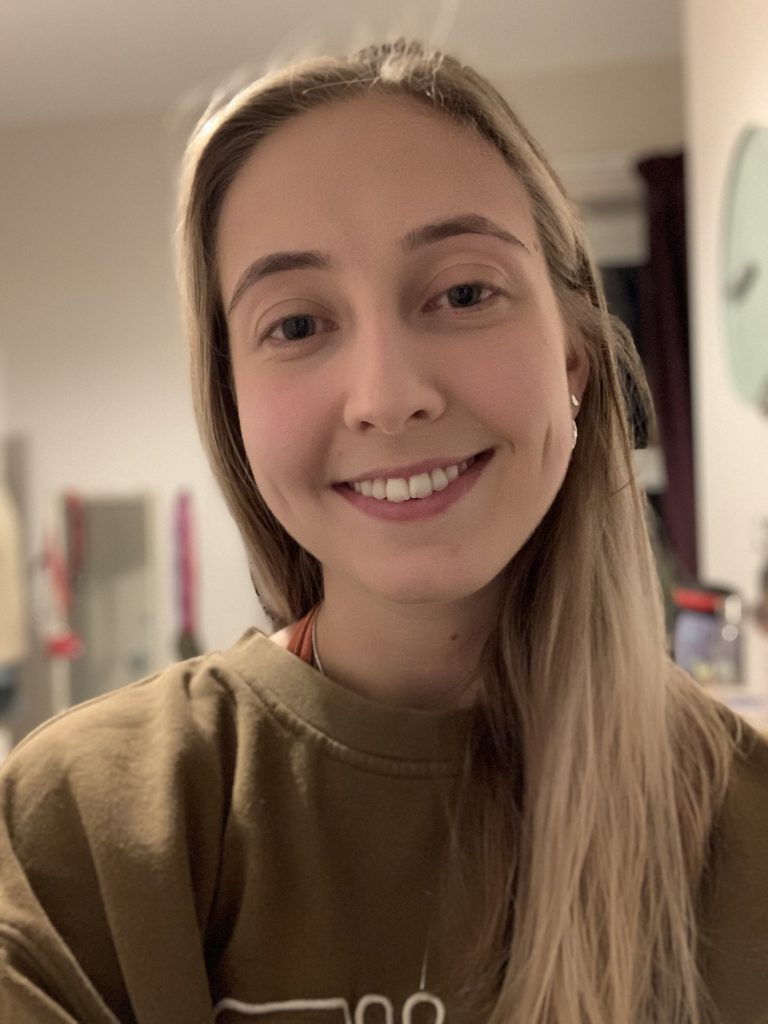
Dr Amy Prideaux joined the Fellows Programme this year, and is also undertaking a PG Cert with Medics.Academy. Via the Fellowship Programme, she is currently one of the S|Docs programme leads which involves working on a variety of new educational projects aimed at medical students. Amy is also a Foundation Year 1 Doctor, graduating from Cardiff University with a number of prizes for academic performance, and is due to undertake a teaching Academic F2 job. Amy has a passion for Medical Education. She enjoys developing educational resources for Medical Students and Foundation Doctors, in particular through her recent work for the PG cert designing a virtual escape room.

